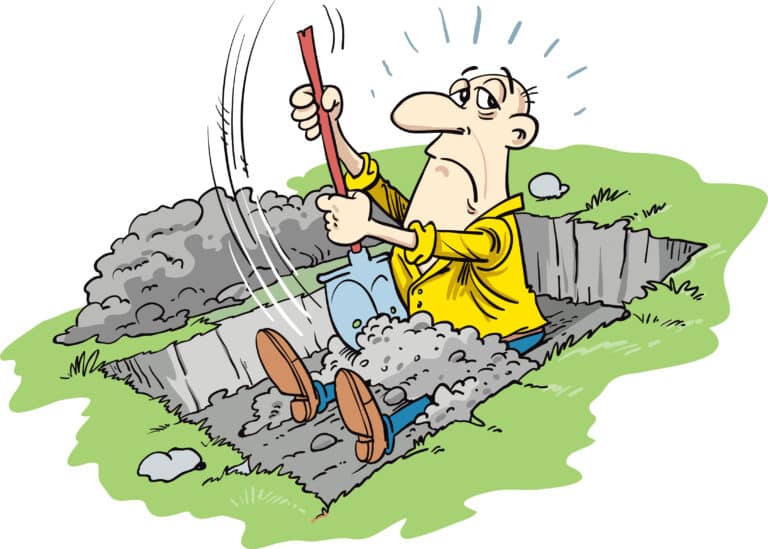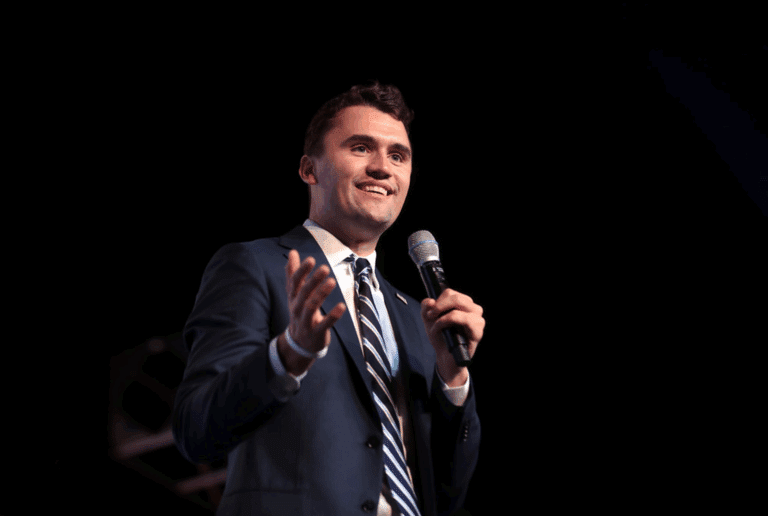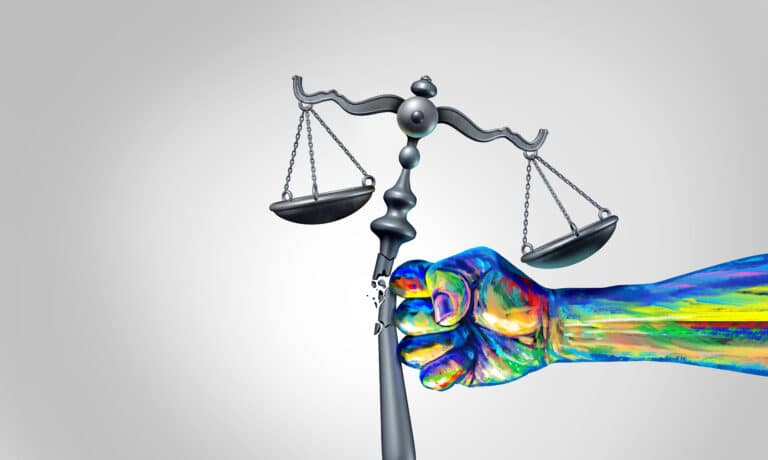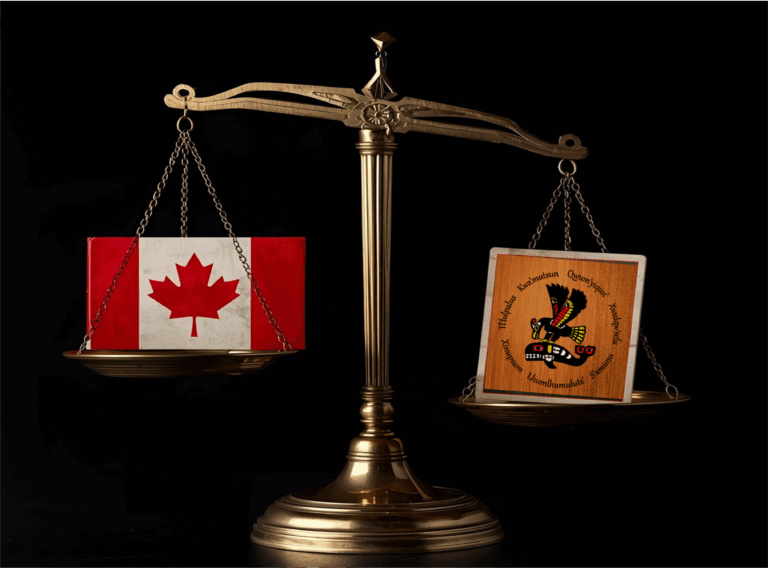The History of Montréal by: Paul-Andre Linteau
201pp.: Baraka Books, 2013
Reviewed by: Olivier Ballou
Next time you walk down rue Saint-Jacques in Montréal – the quaint touristy strip near the city’s famed Old Port – keep in mind that for a hundred years it was home to the largest concentration of wealth and power in Canada. Today, Montréal is better known for its cheap rent, street protests and strip clubs – poor but sexy. The History of Montréal tells the story of how the former “beating heart of a commercial and political empire” reached its current sorry state.
Linteau’s book is a straightforward and unexciting account of Montréal’s history – even its title is dull. The first half charts the growth of the former colonial outpost, replete with Iroquois raiders, a booming fur trade and the British conquête. Montréal’s rise is a testament to the dynamist worldview: unpredictable, organic and based on constant adaptation.
As world trade expanded, Montréal became a magnet for investment. Factories sprouted near the harbour and railway lines, around which were clustered working-class dwellings, which led to the advent of Montréal’s trademark walk-up buildings. Later, electric tramways that allowed workers to live farther from work were in turn scrapped in favour of automobiles.
While Montréal’s English-speaking elite did well, the rising tide also lifted francophone ships:
… [H]undreds of thousands of new residents flocked to Montreal from all over the province …. Professionals, small business owners, insurance agents, and the like all benefited from a richer French-Canadian clientele that was swelling in numbers before their very eyes.
Millions voted with their feet by choosing to live there: Scottish fur barons, French Canadian factory workers, Eastern European Jews. “There was work for everyone, born in Montréal or otherwise ….” However, Anglos fled and immigrants eschewed the city in the latter part of the 20th century: “In the 1970s, Montréal entered a long period of weak growth and economic restructuring. Dark, gloomy clouds settled over the city.” The author compares Expo 67 to a fireworks display that masked the beginning of an inexorable decline. In fact, that same year, experts predicted Montréal’s population would reach five million by 1981, yet it has never surpassed three million.
So what went wrong? In the book’s second half, Linteau’s work falls short. He takes pains to minimize the role of Québec nationalism and other self-inflicted damage in Montréal’s decline. Indeed, it is true that Toronto overtook Montréal as Canada’s economic capital by 1960, long before the Parti Québécois’ victory. However, Linteau describes Montréal’s 1995 real estate nadir without mentioning the referendum of the same year. Linteau notes Montréal’s uncompetitive factories and lack of private investment but never asks whether Québec’s embrace of big government, dirigisme, and high taxes played a role. That is a significant omission in any account of the fall of Montréal as a capitalist city, akin to omitting the rise of competition in automotive manufacturing in any account of Detroit.
On a personal note, I grew up in Québec’s northern hinterlands, and I remember the frisson of walking down rue Sainte-Catherine Est with its concentration of tattoo parlours, peep shows and grimy fast-food joints. I lived in the city for a year but was drawn away from la belle province, first to Ottawa and now Calgary. Indeed, just like the Montréal of old, my Calgary apartment building is filled with newcomers – including many Indian IT workers (Calgary has almost three times as many corporate headquarters per capita as Montréal does). However, Linteau’s account reminds us how quickly things can change. Let The History of Montréal serve as a cautionary tale.
~
Olivier Ballou is Director of Communications at the Manning Centre for Building Democracy and the author of the Graphic Guide to Conservatism.





